The Off-Camera Flash Handbook
32 Scenarios for Creating Beautiful Light and Stunning Photographs
Vanessa Joy
Ebook, Lighting, Photography, Print, Print and digital bundle
If your past attempts at learning flash have all ended in failure (not to mention tears and/or blind rage), then The Off-Camera Flash Handbook is about to change everything for you. For years, photographer Vanessa Joy has been using off-camera flash to create gorgeous portraits that look like they were...
Read More
Read More
- Print and eBook Bundle: $44.99
- Print Book: $34.95
- eBook: $27.99
| BOOK AUTHOR | Vanessa Joy |
|---|---|
| PAGE COUNT | 296 pages |
| TRIM SIZE | 7x9in |
| COVER | Soft Cover- without flaps |
| ISBN | 9781681985572 |
| PUBLISH DATE | 04/2020 |
- TABLE OF CONTENTS
- PART 1: GETTING STARTED WITH OFF-CAMERA FLASH
- You Already Know This
- Getting Your Flash Off Camera
- The Fourth Point of the Exposure Triangle
- Light Positions and Modifiers
- How to Add More Lights
- PART 2: SCENARIOS
- Golden Haze
- Golden Hour
- Creating Twilight
- Photographing at Sunset
- Making a Magenta Sunset
- Groups with One Light
- Individual Portraits
- Couple Portraits
- Enhancing Natural Light
- Making Indoors Look Like Outdoors
- Super Soft Portrait Light
- Creating a Fiery Sky
- Keeping the Sky Blue
- Lighting a Dark Room
- Creating a Silhouette
- Turning Day into Night
- Tiny Little Details
- Table Details
- Event Speeches
- In Harsh Sunlight
- Shooting with Reflectors
- Event Bounce Flash
- Using Gels for Fun Color Effects
- Using Gels to Color Correct
- Lighting a Dark Room
- Turn a Rainy Day Sunny
- Lighting to Look Like Window Light
- Making Front Bokeh
- To Fill in Shadows
- Wow, This Indoor Light Sucks
- Rim Lighting
- PART 3: FACTS AND FAQS
- What Are You Talking About?
- But Light Doesnt Do That
- FAQs about OCF
10 reviews for The Off-Camera Flash Handbook
You must be logged in to post a review.

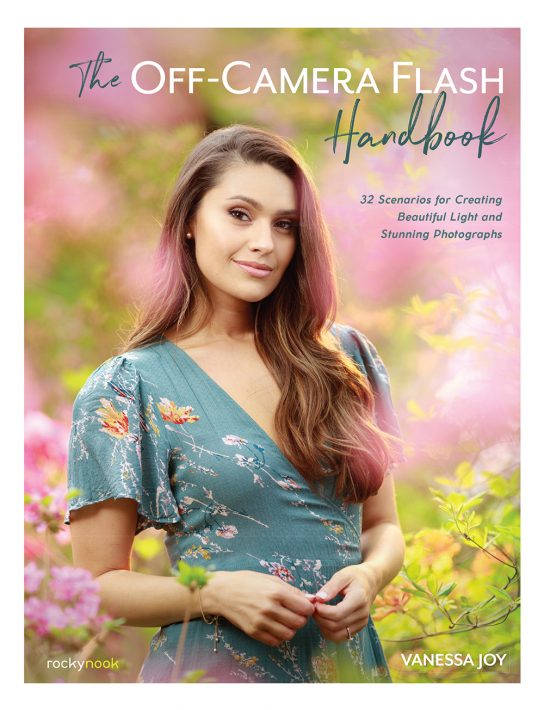
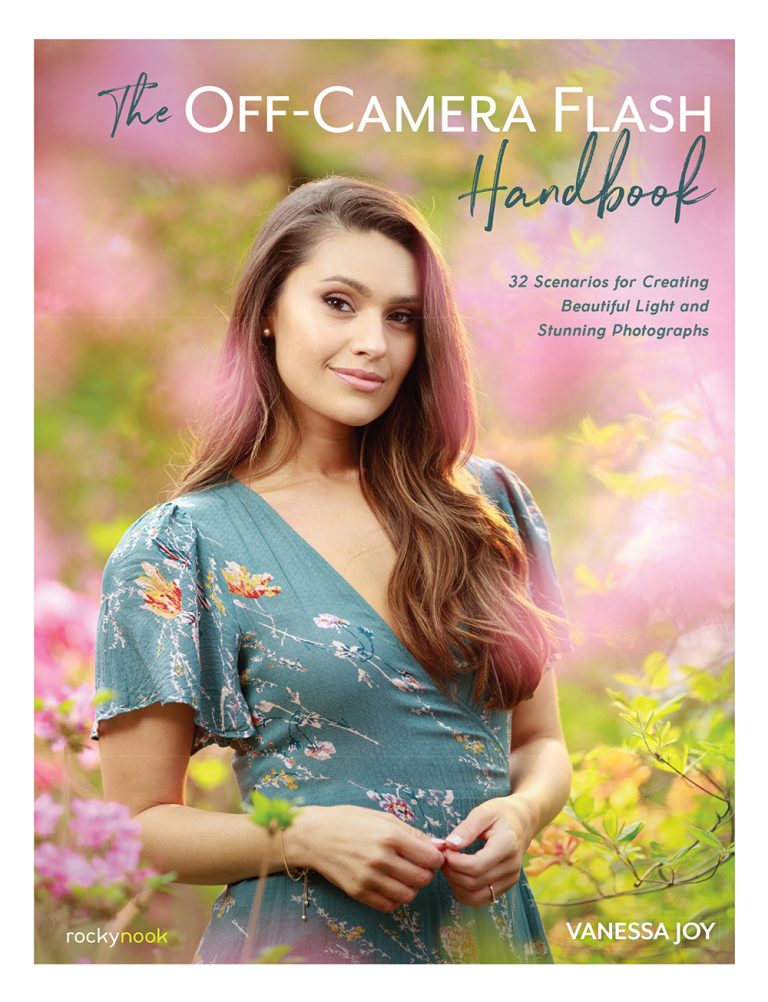
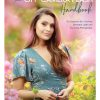
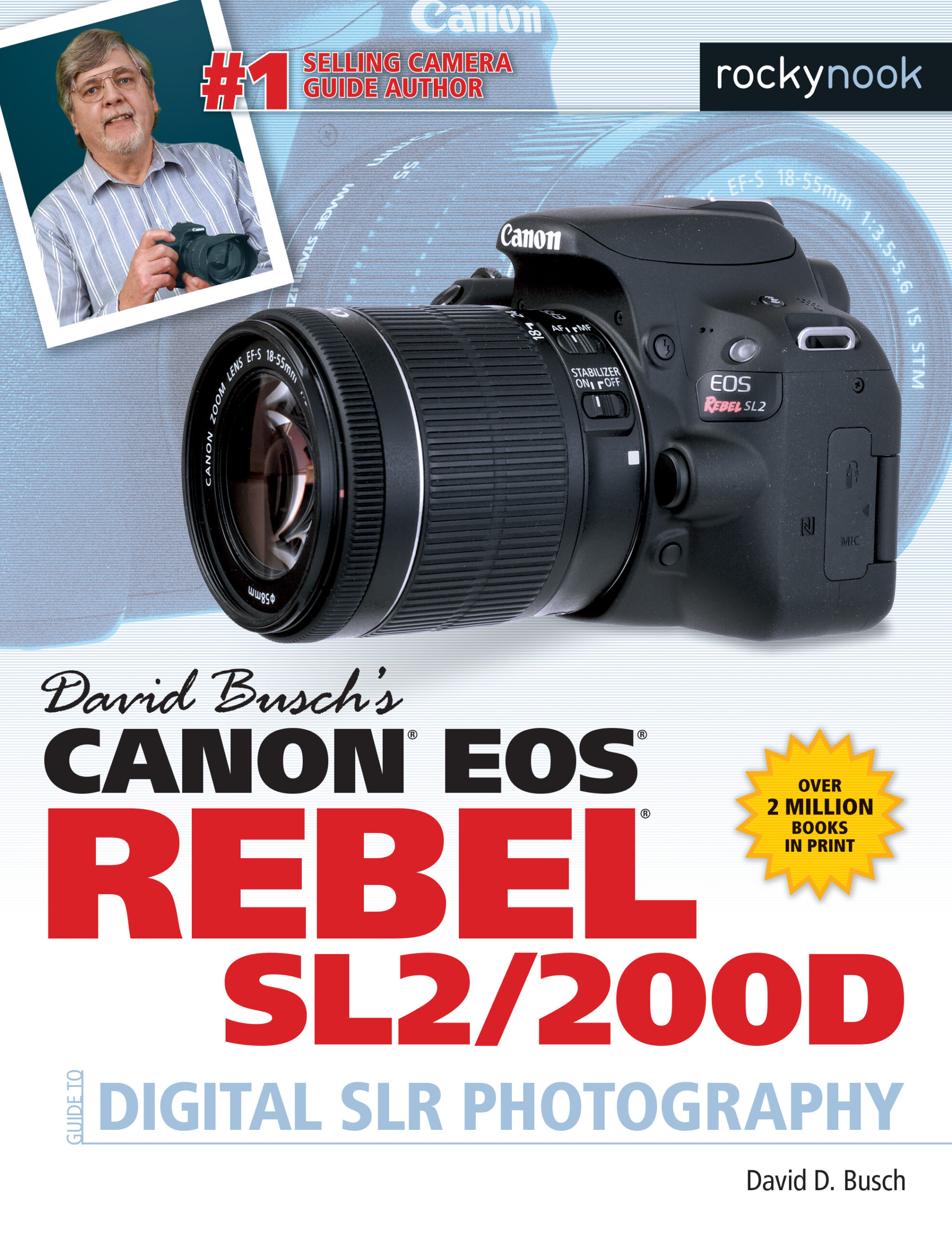

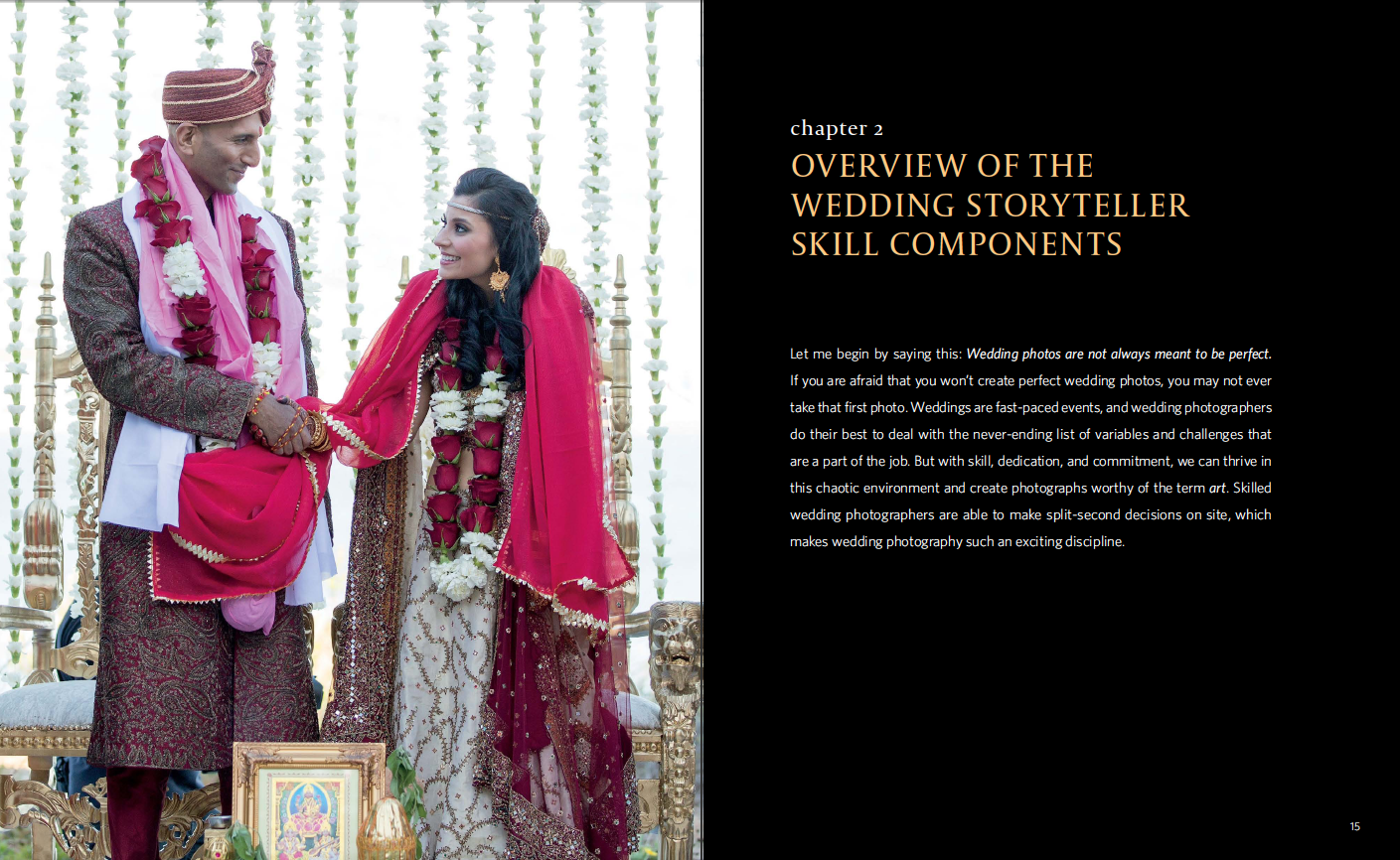
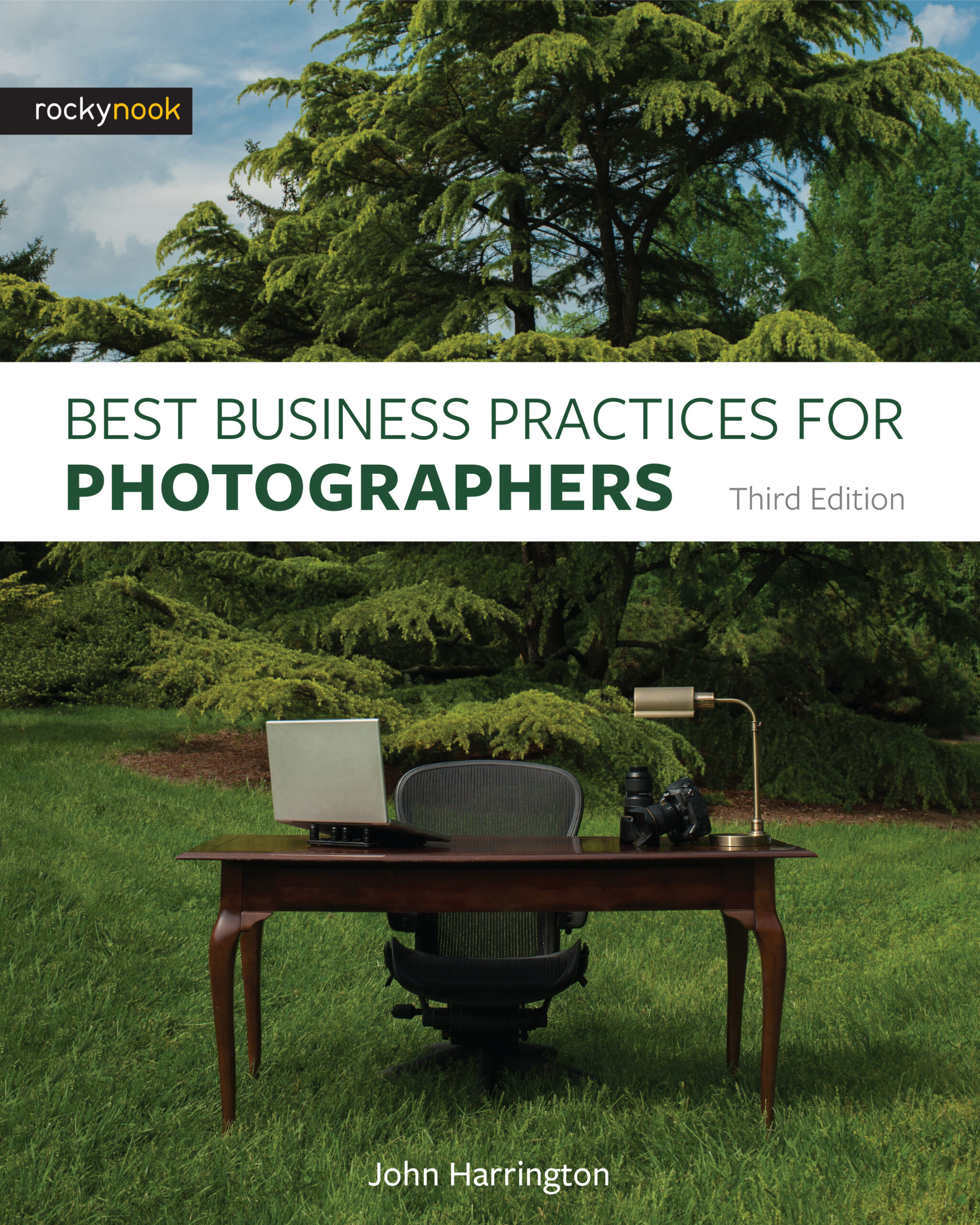

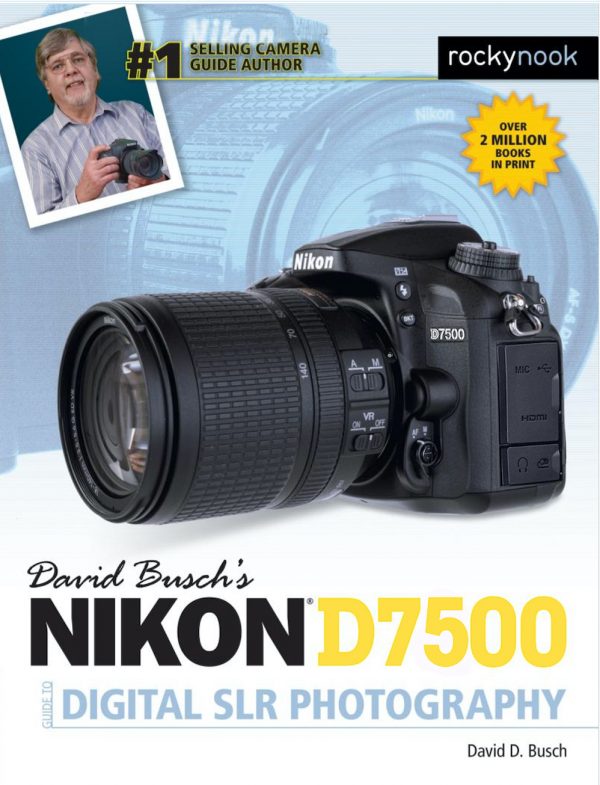
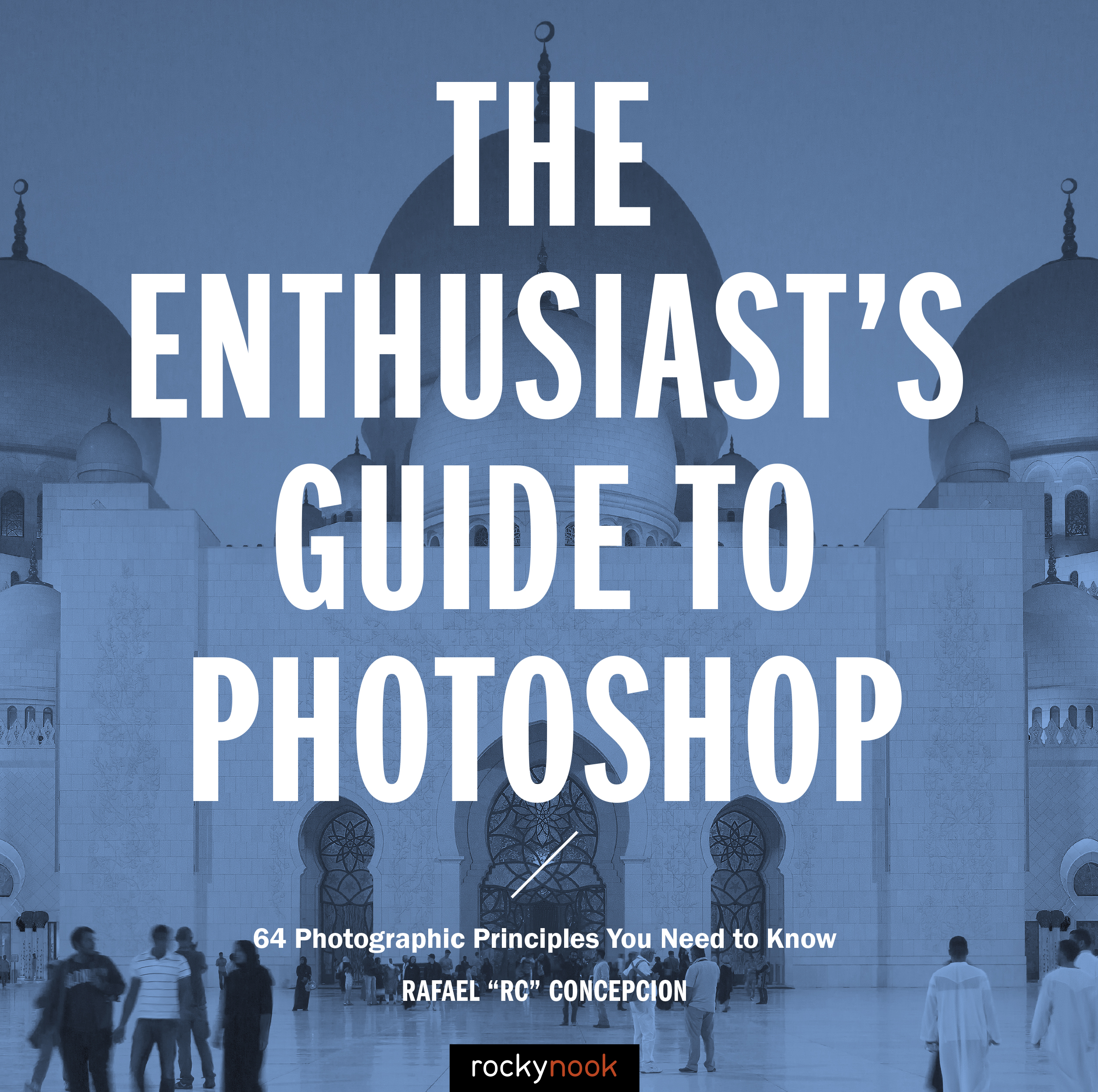

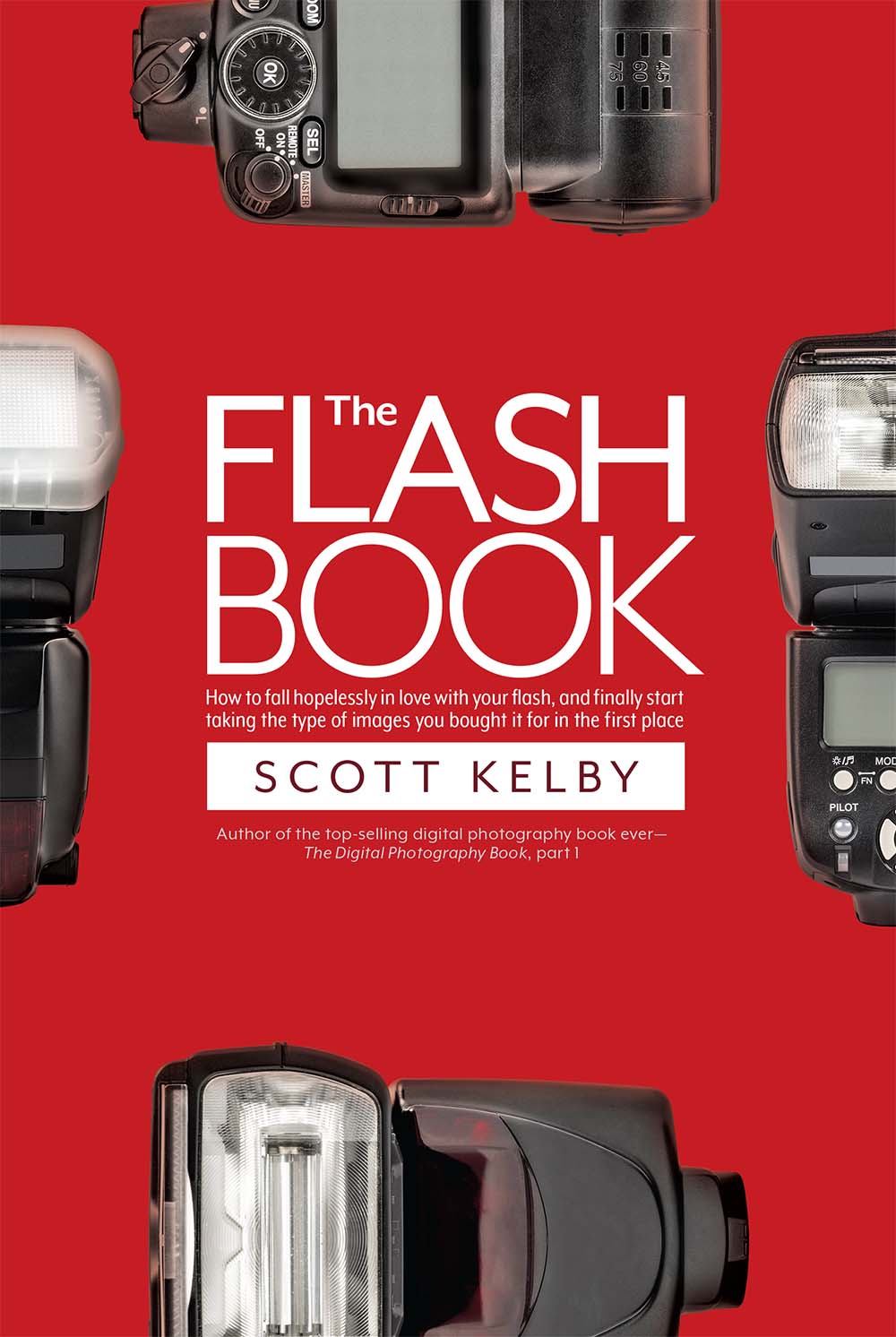
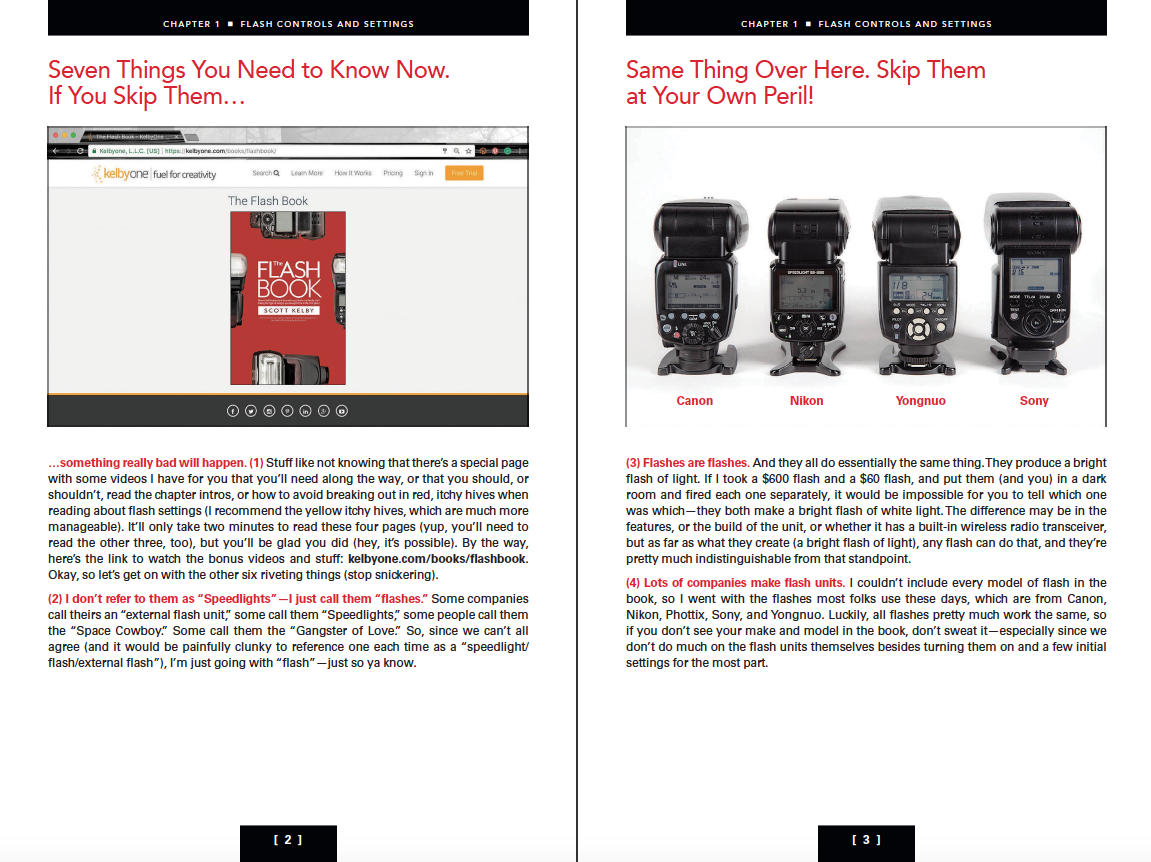
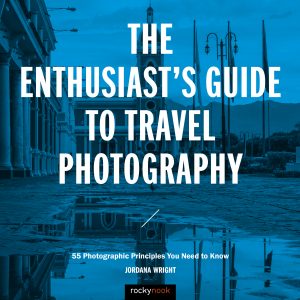

javado (verified owner)
Wonderful and great book with lots of very usefully tips.
Nasroullah (verified owner)
I bought the ebook version. This is a must have for the novice and a great reference for the advanced flash photographer and especially for the natural portrait photographer who wants to learn off camera flash but are too care scared or don’t know or where to start. Vanessa has done a an excellent job by breaking down this book into different scenarios and applications which are very easy to follow along and so accessible on your phone to refer at any given situation. It doesn’t easier than that.
This is highly recommended.
Well done Vanessa.
Nas.
Gloria
The off-camera Flash book handbook by Vanessa Joy:
Like probably many photogs, I am terrified of using flash and so seldom do. This book is brilliant because instead of just a lot of text telling you how to do it, the author gives us 32 different scenarios for using off-camera flash and goes into detail on each scenario. That is so practical and so perfect! I feel better already.
Joy begins her manual with a section on flash vocabulary which I find quite helpful. Don’t think I’ve seen it done this way but it should be because it primes us to understand when the author later uses flash lingo. I especially appreciated her definition of high-speed sync, and the introduction to “light spread” to which I’ve never heard of before. I really love her informal writing: for example, one section is headed “why do I suck?“Love it! Draws you right in and you know exactly what the author means.
One of her tips is that when you see a photo, look in the eyes for catchlights. If there are catchlights, you can apparently tell where the light is coming from in the shape of the light modifier that was used and thereby learn how that photo was made. Clever tip! One of her scenarios is in how to make it look like you’ve been shooting at the golden hour. Again, not the heading I have seen elsewhere and it’s certainly intriguing.
And example of why I like this book so much in the way it will be useful: she has one of the scenarios covering table details at events like weddings. She starts out talking about her “golden image”, and then tells us precisely how she gets there. She has diagrams of where she sets the lights and she shows the wrong and right way to do things. I really appreciate that she covers such detail and the way she does it works for me. Another of her marvelous chapters is on how to light a portrait to look like window light. I love that! I have certainly seen plenty of manuals talk about how to use window light, but not how to make it look as though you used window light:)
Joy will often take three or four shots in a given scenario and go through the exposures and strategy on each one along with the pros and cons. That is so practical for us readers!
Toward the end of the book she poses several questions readers would likely ask: why is my battery is dying so fast? Why is my picture half black?, And so on. The more practical and precise photography writers are, the more I can actually use their suggestions. Given the easy to understand and detailed writing in this book, where she covers so many scenarios, I am ready to use off-camera flash more often. I will keep this book around for sure. She did a great job on the topic most of us associate with fear 🙂
rajiv.rajivchopra (verified owner)
This is a very good book and is a book that you can use as a reference when you are planning a shoot.
There are many scenarios that Vanessa details out. What I like is her detailed approach to actually planning the shoot, taking the first test shots without a flash, and then the results after the addition of the flash.
Another excellent thing about this book is that she shows you pictures out of the camera, without the Photoshop magic.
Finally, she also details out possible problems.
She could have spelt out the terminology upfront. Also, I don’t understand her discomfort with the exposure triangle. The addition of the flash, as an element, does not make an exposure quadrilateral. These are minor quibbles in what is otherwise an excellent book, written in a clear, friendly style, and without going into too much technical mumbo-jumbo.
Kudos to her, and may her tribe grow.
ssaasa (verified owner)
A wonderful, easy to follow “recipe book” to help guide the reader towards greater confidence and competence in using and shaping light. This is exactly what I need to push me out of my comfort zone with step by step instructions. I bought this after hearing a podcast interview with the author, and her genuine love for her subject shines through in the pages of this book.
meghanlshaw (verified owner)
Even after using off- camera flash for many years, so much of the jargon was ambiguous and foreign to me. The vocabulary alone has cleared up so much confusion and Vanessa’s tone has made it more approachable to me. I also loved the “goal image”, which I found to be a novel way to articulate, since so many photographers think they know what they want to shoot…then just accept the results when their mental image doesn’t manifest. This has been the case with me for many years, accepting the results of using off-camera light as a novelty, instead of reading a scenario, planning the execution and making the image I set out to make.
Vanessa’s book has helped me to re-approach the subject of light control off-camera and how to have fun with it! I purchased the ebook initially and have since purchased the print book, which I intend to carry with me for the foreseeable future.
me14 (verified owner)
Although I have used OCF in a variety of situations, I found this book useful in encouraging me to try new options.
I like the way it’s organised into different scenarios, with each stage of the setup having a separate photos. The drone and BTS photos were also helpful.
Having had some experience, I found parts of it a little repetitive – but this is just a personal comment, not a major criticism.
I think it’s a book which would benefit people at most levels of experience – from beginners to those with some prior experience.
wepsphoto
Vanessa Joy’s Off-Camera Flash Handbook begins with a friendly invitation for those intimidated by using flash with an assurance that the text will “give you exactly what you need to feel confident in your lighting abilities”. Does it succeed? It depends.
Joy’s 32 separate lessons on the book will certainly be engaging and illustrate the creativity that she brings to her photography. Her use of flash is not simply to fill in shadows or better balance existing light; instead, she well-illustrates the use of flash to create rim lighting that separates the subject and background and incorporates color filters to create mood. She dedicates a number of lessons to intentionally creating lens flare, lowering the contrast and simulating sunsets in any sort of light. Wedding and event photography is well-represented with practical ways of shooting large groups, individual portraits and key moments. She offers plenty of approaches to utilizing flash, for both practical and creative purposes.
But there are some serious downsides to this book. The first is in the recipe-like structure of the writing. Most of the 32 lessons are broken down into a step-by step format that includes Position Subject/Choose Lens/Add Modifiers/Position Light/Set Exposure/Set White Balance/Set Flash Power/Check Colors and Histogram. There is a positive side of this format- it’s a thoughtful guide from setup to shot, but if reading this book cover to cover (rather than accessing individual lessons) it’s remarkably repetitive.
Also annoying is the choice to have all image captions written in all capital letters. I don’t believe I’ve ever seen this in a book before, and for good reason- all caps makes reading rate slow to a crawl (words no longer have unique shapes- they’re all rectangles) and it simply looks strange.
There is almost no technical information about how flashes and light work or the terminology of flash- until the last 2 chapters of the books. Terms like HHS and synch-speed are thrown about the text with an assumption that the reader understands these concepts- only to have them defined as the book wraps up. The layout of the book makes little sense.
Then there’s the issue of gear. At the start of the book Joy says that she and her publisher want to be brand-agnostic, but that she will list her gear so that we know what she’s using. This is followed by 106 mentions of Profoto and 441 mentions of Canon in the text. Whether she’s simply a fan-girl of the gear or actively involved in promotion, she has failed her attempt at being agnostic. The camera brand is entirely irrelevant to the images, as is the lens brand (though focal length and aperture are critical to know). And since there is no step-by-step instruction on how to adjust or use flash units, there’s no need for that branding either. It needs to be noted that her camera lists for over $5500 (without lenses), her on-camera flash units for $800, and studio flashes for over $2000 apiece. The point here is that she’s writing a book to invite people to learn flash for the first time and she’s illustrating with the some of the most expensive gear on the market. I think it’s safe to say that if you can afford Profoto gear, you likely don’t need this book. An agnostic approach to this level of training would show Flashpoint, Godox, Yongnuo, or band-name, low end units.
Finally, the reader needs to understand that this is a trial-and-error approach to exposure- not uncommon in today’s digital world, but also not the most professional method. Joy states that she does not own a flash meter- her exposures combine in-camera exposure meters, TTL auto-modes and then manual adjustments as you shoot and assess your image. I think it’s safe to assume that pros with $10,000+ worth of camera gear often use a meter- especially in-studio. Not every client has the time and patience to allow the photographer to trial-and-error their way to the correct exposure, and if you want objective lighting ratios, you don’t establish those by eye.
The Off-Camera Flash Handbook provided me with some creative ideas and how-tos that are absolutely valuable and will open the doors for some experimentation and new looks. It is not a text for the novice trying to learn flash for the first time. It truly is a recipe book- you want this sort of look, here’s how you can achieve it. With the right expectations of the book, it can help you to grow your photography.
bob22 (verified owner)
I ordered the eBook version, makes it very easy to take with me on a shoot. I love the recipe style layout for following along. The info is clear and straight forward and the photos in the book illustrate the process and the end result. I have already tried a couple of the ideas and will try more and the opportunity presents itself. While not entirely new to Off Camera Flash, the info in this book will help me greatly in deciding when and how to use OCF in my photography. Thank you!
jefforns
I have been using flash photography since 1955 when I got my first electronic flash that weighed-in about 10 pounds. And, like most photographers I sometimes struggle with the flash! This is a great how-to book, easy reading, well written and beautifully illustrated. I have used flash photography for portraits and especially wildlife photography and actually picked-up some new tips on using the off-camera flash to control color tone. This is a fantastic read for beginners with lights of straight forward hints and can help remind the experienced photographer on the use of the off-camera flash. I would definitely recommend this book.